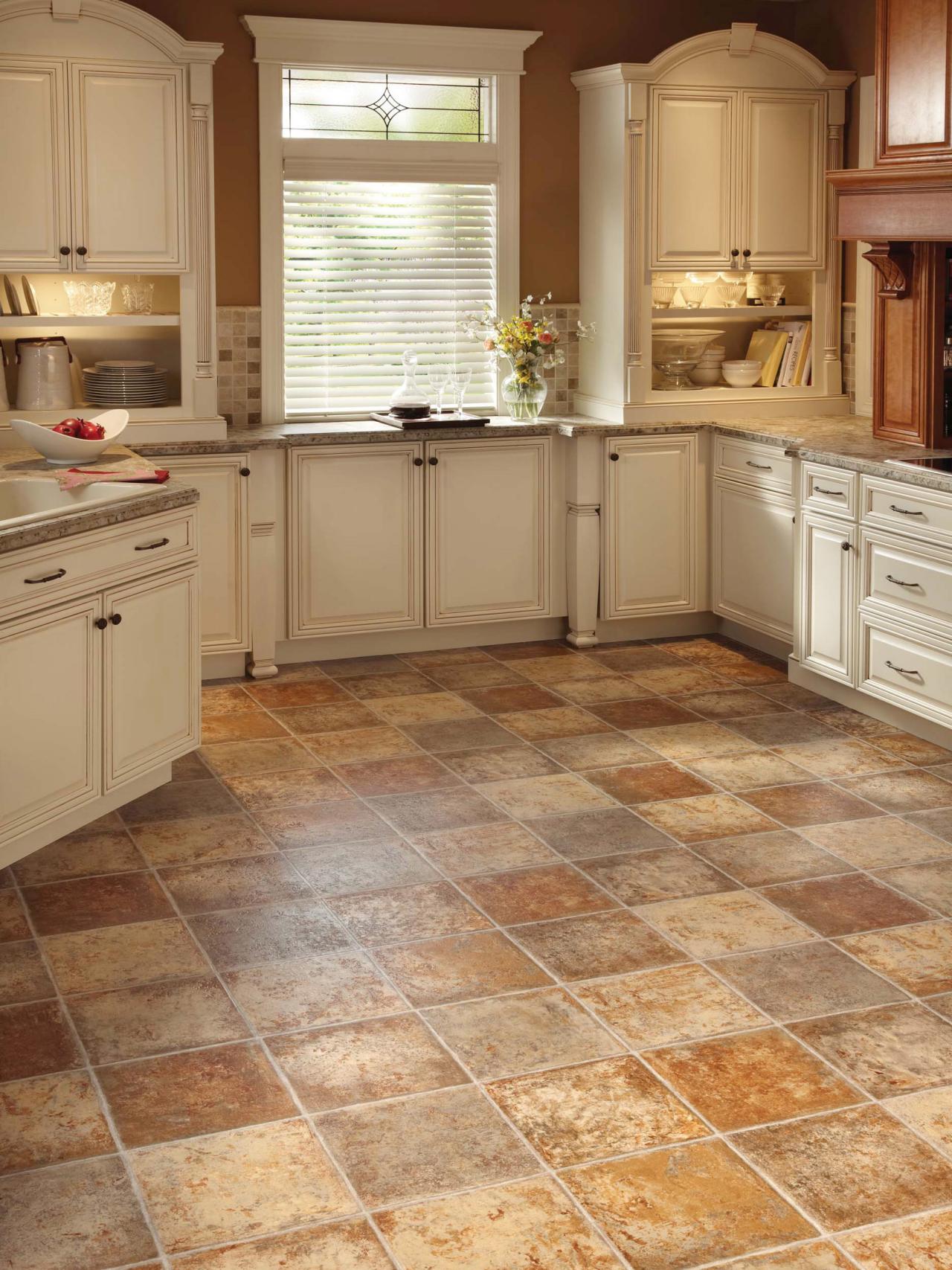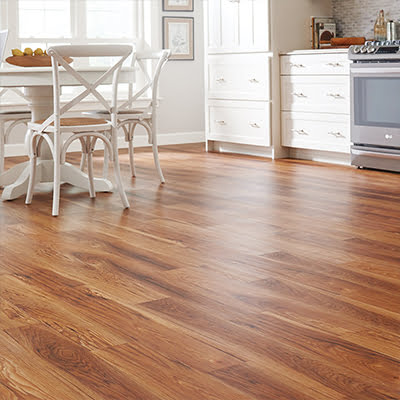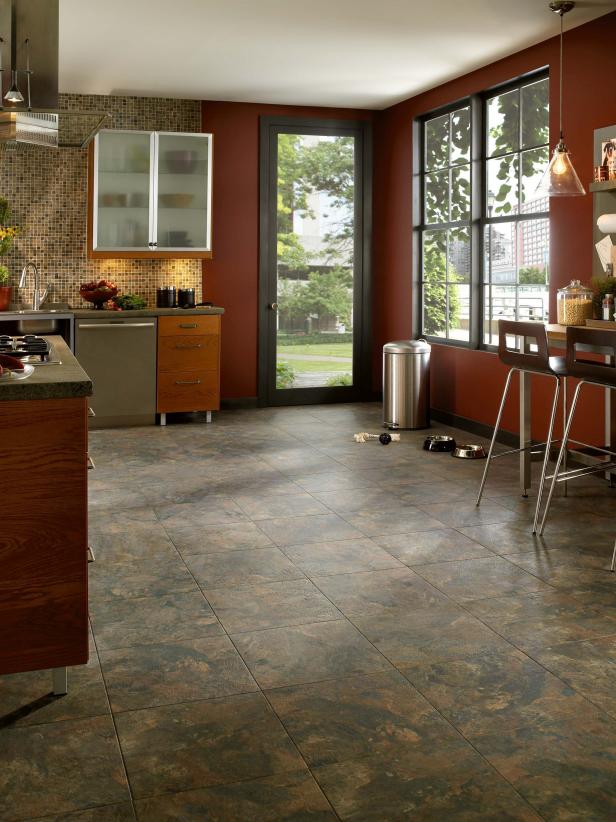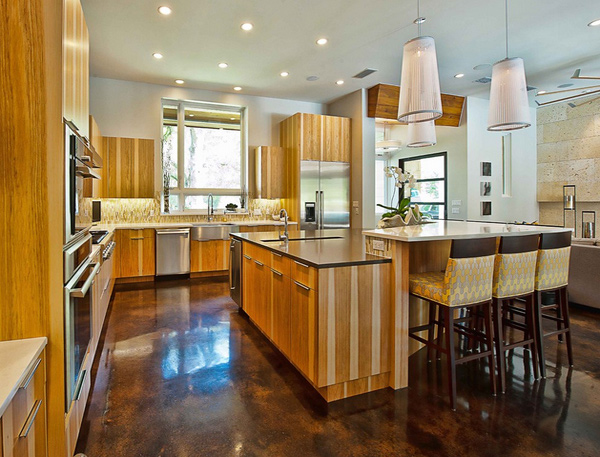Other then the kind of wood floors you decision another big choice is likely to be in case you go with strips, planks, parquet, or hand-scrapped flooring of course, if you're going to choose the pre-finished or unfinished type. You will discover certain things to think about when choosing your kitchen flooring. The right flooring can make a significant difference in a kitchen.
Vinyl Kitchen Flooring Options

Acclimatization of the cork tiles for a certain time frame is important as cork tends to undergo expansion as well as contraction in several climatic factors. Besides being waterproof, tiles are durable and compact, easy to clean from stains, and therefore are resistant to mold and mildew if properly maintained. The content is sold in sheets and it is very simple to set up and keep.
Vinyl Flooring For Kitchen Buy Best Flooring For Kitchen

In the event that durability is a problem to help you, you ought to stay away from certain other material types, for instance rubber cooking area flooring tiles, laminate floor flooring kitchen, terracotta floor flooring cooking area as well as vinyl kitchen area floor ceramic tiles. In the end, your kitchen remodeling spending budget is going to affect the choice of yours of flooring, other kitchen additions and design.
Vinyl Floor For Kitchen – What Are the Top Types of Kitchen Flooring Best flooring

Kitchen Flooring Ideas (Pros, Cons and Cost of Each Option) #kitchen #flooring #tile #vinyl

Inspiring Wooden Floor Ideas with Light Wood Tone Part 2 SHAIROOM.COM Flooring options

vinyl wood flooring – Yahoo Image Search Results Best vinyl flooring, Vinyl wood flooring

Life & Home at 2102: Kitchen Flooring Choices
5 BEST Flooring Options: Material and Installation Costs – Remodeling Cost Calculator

Vinyl Flooring Picture Gallery
:max_bytes(150000):strip_icc()/4-56a2fc5d3df78cf7727b694c.jpg)
ParquetVinyl Victoria Creek Plank Luxury Click Vinyl Flooring

Best Vinyl Sheet Flooring For Kitchen : Best Kitchen Flooring Options by Activity – They’ve got

Coretec Plus calypso oak luxury vinyl plank in 2021 Best vinyl flooring, Luxury vinyl plank

Kitchen Flooring Essentials DIY

Luxury Vinyl Flooring for Kitchen? – Home Interior Design and Decorating – Page 5 – City-Data Forum
15 Different Kitchen Flooring Designs Home Design Lover

Related Posts:
